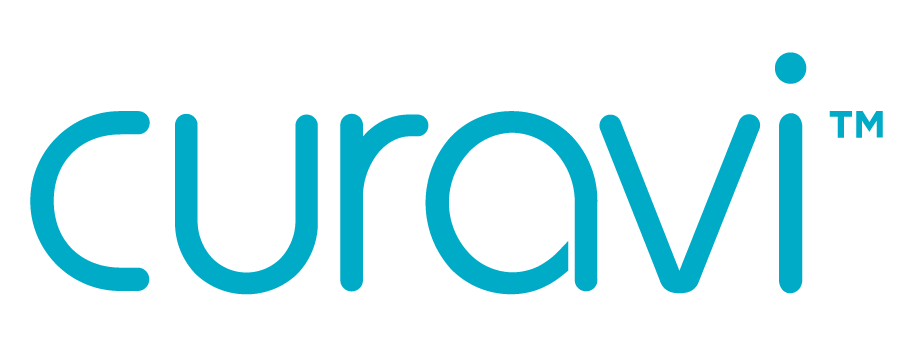A pulled back muscle can have devastating effects on your life, preventing you from doing many of the things you want and need to do each day. But, unfortunately, injuries to the back muscles are far from rare, commonly affecting weightlifters, athletes, and people who routinely perform physical labor. If you think you may have pulled a back muscle, read this guide for clarification and get tips on how to ease the pain.
What Is a Pulled Back?
A pulled back muscle is an instance of back pain caused by some kind of damage in the soft tissues around the spine, including muscles, tendons, and ligaments. The damage may be categorized as a back sprain or strain. These injuries may also be referred to as soft tissue injuries, and they often occur when tissues become strained, overstretched, or torn. Pulled back muscles often affect the low back, upper back between the shoulder blades, and the shoulders.
Pulled back injuries are sometimes rated on a grading scale of one through three, based on severity. Here’s what to look for when grading your strain, according to Harvard Health:
- Grade I strains are mild muscle strains that may cause pain and tenderness but still exhibit normal strength. With this level, it’s usually only a couple of muscle fibers that have been overstretched or torn to cause the pain.
- Grade II strains are moderate muscle strains that cause more severe pain and tenderness with bruising, mild swelling, and a noticeable loss of strength.
- Grade III strains are the most severe, usually occurring when the muscle rips into two entirely separate pieces or detaches from the tendon. In these episodes, you may experience a complete loss of muscle function, in addition to severe pain, swelling, bruising, and tenderness. In grade III strains, sufferers often experience a traumatizing popping sensation at the time of injury.
Signs and Symptoms of a Pulled Back Muscle
The only way to definitively determine if you have a back strain or sprain is to see your physician. He or she may order diagnostic procedures, such as an x-ray or a CT scan, to determine for certain whether or not you have sustained muscle damage. However, most people are able to identify a pulled back muscle before seeing their doctor and without a scan due to a number of physical indicators, including those listed below.
- A popping feeling or tear at the time of injury.
- Swelling around the area of the injury.
- Tenderness or sore feeling to the touch.
- Sudden onset, sharp pain, and lingering dull pain.
- Pain that worsens when you move or stretch.
- An aching, stiff feeling in the low back.
- Pain that radiates to the hips and legs.
- Cramping and spasms in the muscles.
- A feeling of stiffness or decreased range of motion.
- Bruising around the injury site.
- Decrease in strength or loss of muscle function.
- A gap or dent in the muscle visible through the skin.
How to Ease the Pain of a Pulled Back Muscle
Unfortunately, there’s no zero-risk medication or treatment that will automatically or immediately cure your back pain. However, there are a number of things you can do to address the pain and promote healing so that you make a full recovery and are able to get back to your routine relatively quickly.
- Try the low-level laser therapy (LLLT) laser treatment for back pain. Wearing a Curavi laser therapy belt provides temporary relief of minor muscle and joint aches, pain, and stiffness, including these symptoms in the back.
- Upon the first sign of injury, practice RICE therapy—Rice, Ice, Compression, and Elevation. While this may not entirely heal your muscle strains and sprains, it will help reduce pain, swelling, and soreness so you can get back to yourself again.
- See a massage therapist. Massage therapy boosts circulation and relaxes the muscles, which can soothe away the pain and stiffness caused by muscle injuries.
- Use a heated pack. Alternating between hot and cold therapy can relieve tension and pain so you heal faster. Consider using a heating pad on your lower back for 10 to 15 minutes in the morning and at night.
Time Heals Most Wounds
Last, remember, don’t overdo it! The back muscles are literally the scaffolding of our entire bodies, used in virtually every exercise and movement we perform throughout the day. This means they’re more likely to get injured as we go about our daily lives, but it also means they take longer to heal. Coupled with the appropriate pain relief solutions, rest can lead to a speedier recovery so you can get back to your daily life fast.




